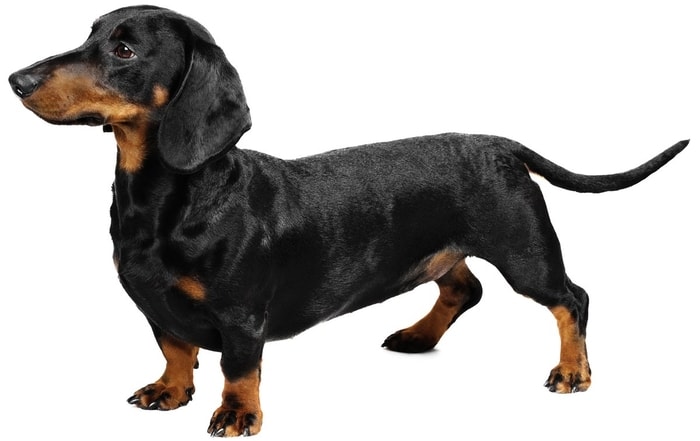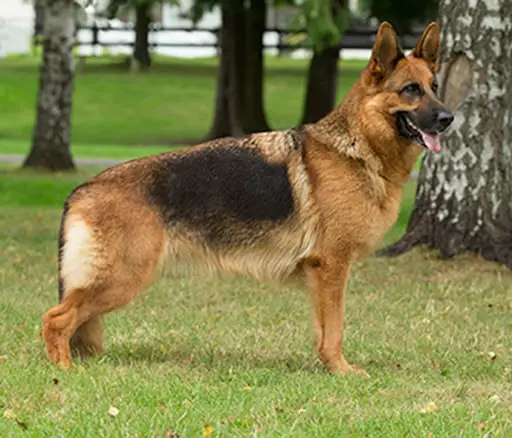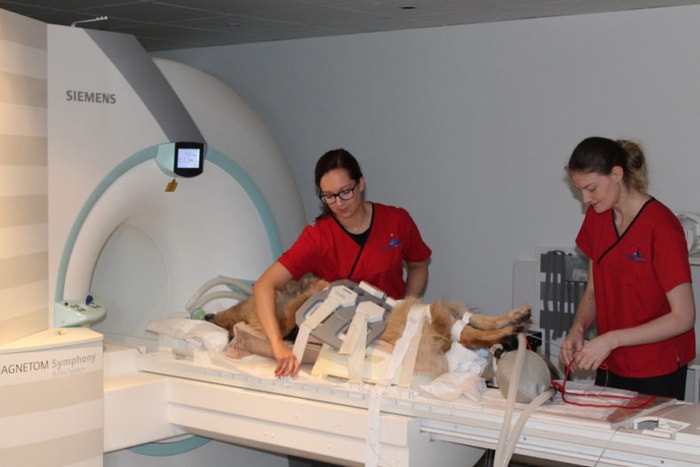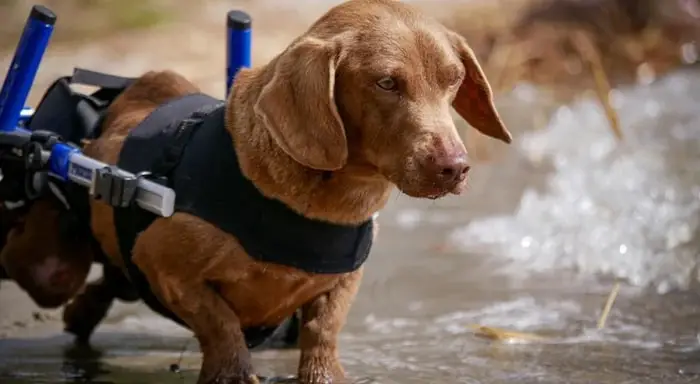Intervertebral disc disorder or IVDD in dogs is a non-infectious disease where the bones of the vertebral column bulge or burst into the intervertebral space. The bulging bone then puts pressure on the nerve of the spinal cord and causing pain, damage to nerves, and even paralysis. The condition is also called a slipped disc or herniated disc.
What Do You Need To Know About IVDD in Dogs
Intervertebral disc disorder is a managemental and accidental disorder of old and certain breeds of dogs. The disorder makes your dog unfit for work, cannot walk, and needs immediate veterinary attention. If you are cautious and can diagnose the condition early, the dog can be treated and come to complete recovery.

What Can Cause IVDD in Dogs?
IVDD is a degenerative disease of bones of vertebrae. There are two types of IVDD; type I (nucleus pulposus degeneration and extrusion) and type II ( annulus fibrosis degeneration and protrusion). The disease is mainly age-related, and the vertebrae become hardening due to excessive calcification. The bones lost their cushion and bulge into the intervertebral space.
- Any forceful impact of vertebral bones by jumping or landing.
- Deposition of fibrous tissue over the disc.
- Aged dogs are more susceptible to IVDD.

What Dog Breeds are Prone to IVDD?
The following dog breeds are more prone to Slipped disc:
- German Shepherd.
- Dachshund.
- Shih Tzu.
- Basset Hound.
- Lucas Terrier.
- Sealyhams.

Clinical Signs of Canine Intervertebral Disc Disorder
The intervertebral space of the dog is surrounded by a gelatinous substance that acts as a shock absorber. If the dog’s vertebra lost its shape, the mechanism disturbs it, and pain arises. There are two different types of IVDD in dogs; type I and type II. Type II IVDD is less severe than type I. The usual clinical signs are:
- Weakness and pain in hind legs.
- Paralysis of spinal cord nerves.
- Abnormal walking.
- The dog is unable to jump or unwilling to jump.
- Changing in dog behavior.
- Crying or growling due to pain.
- Reduced appetite.
- Loss of condition.

Diagnosis of Canine IVDD
The diagnosis of intervertebral disc disorder (IVDD) in dogs can be made by:
- History of age, pain, or activities of dogs.
- Breeds of dogs are prone to the disorder.
- Specific clinical signs.
- X-ray of the vertebral column and identification of any protrusion or bulging.
- MRI or CT scan of vertebral bones to locate the affected nerves.

How Do You Treat IVDD in Dogs?
Intervertebral disc disorder is a managemental disease, and there are both surgical and non-surgical treatment is available. If the disease is diagnosed in an early stage, then non-surgical treatment is effective. The non-surgical treatment and management include:
- Removal of possible causes of the disorder.
- Non-steroidal anti-inflammatory drugs (NSAID) to reduce pain and inflammation.
- Give rest to your dog.
- Add calcium, vitamin A and E to the diet of dogs.
- Physical therapy or rehabilitation.

If your dog can entirely walk and stand, then your vet can go for surgical treatment. The surgical process removes the excessive growth of vertebral bones and relieves pains. The surgical methods are:
- Laminectomy.
- Hemilaminectomy.
- Fenestration.
- Ventral slot.
- Vertebral stabilization procedure is recommended in larger dog breeds.
Prognosis of Intervertebral Disc Disorder in Dogs
IVDD in dogs is a disease of mainly aged dogs. The disease can be entirely cured with proper treatment and management. In my article, I have tried to highlight the most critical points on this disorder. If you follow my guidelines, you can keep your lovely dog healthy and fit.